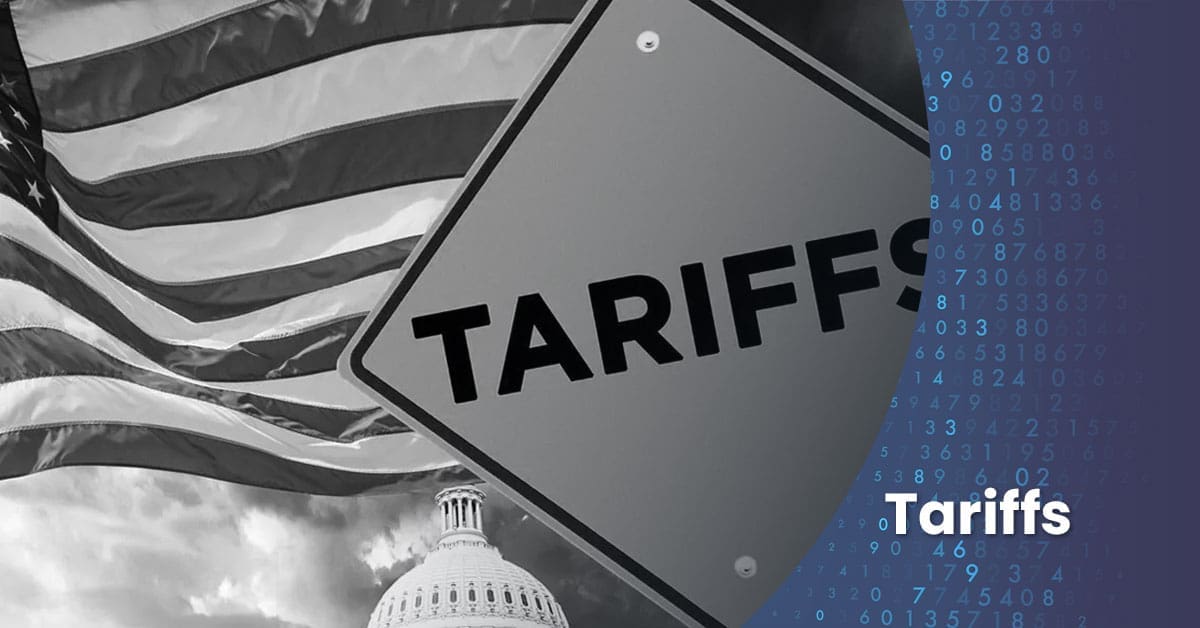With Donald Trump set to take office as the 47th President of the United States, there has been much speculation and discussion about what the impact of another Donald Trump presidency would mean for the economy, specifically Trump’s tax plans. While Donald Trump didn’t provide detailed plans while campaigning, much of the focus has been on the future of the Tax Cuts and Jobs Act of 2017 (TCJA), which was the legislation passed during Trump’s first administration. TCJA was passed under the budget reconciliation rules, which enabled the act to move quickly through Congress but put time constraints (sunsets) on many of the provisions. Most of the tax provisions enacted by TCJA are set to sunset at the end of 2025.
One of the permanent law changes made by The Tax Cuts and Jobs Act was the reduction of the corporate tax rate to 21% (it was previously 35%). At various times throughout the campaign, Trump has talked about reducing the corporate tax rate even more to 20% or 15%. By proposing a reduction in the corporate tax rate, the administration aims to stimulate economic growth, increase competitiveness, and encourage businesses to invest domestically. Lower corporate taxes could lead to job creation and wage growth, boosting the economy. On the other side, reduced corporate taxes may lead to a decrease in federal revenue, which could impact government spending on critical programs and services. Additionally, there is an ongoing debate about whether corporations would reinvest their tax savings into the economy or use them for stock buybacks and executive bonuses, as observed in past tax cuts.
One of the taxpayer-unfavorable provisions from TCJA was the gradual phaseout of bonus depreciation. Bonus depreciation allows businesses to immediately deduct a larger percentage of an eligible asset’s purchase price instead of deducting the amount over a set number of years. Under TCJA, the 100% rate for bonus depreciation has been phasing down by 20% over several years. For 2025, the bonus depreciation rate is set to be 40% and 20% for 2026. No bonus depreciation is available for tax years after December 31, 2026. Trump has spoken about reinstating bonus depreciation to 100%, but it remains unclear if this will be part of his tax agenda.
From an individual income tax standpoint, the expiration of TCJA provisions means reverting back to the top tax rate of 39.6%, which was reduced to 37% under TCJA. If no further action is taken by President-elect Trump, the top tax rate will be 39.6% as of January 1, 2026. In addition to the lowered tax rates, TCJA also nearly doubled the standard deduction for all filing statuses, resulting in many taxpayers taking the standard deduction instead of itemizing their deductions. Other provisions set to expire within TCJA that impact individuals include the changes to the mortgage interest deduction and the repeal of miscellaneous itemized deductions. One of the more talked about changes from TCJA was the state and local tax (SALT) deduction cap at $10,000, significantly impacting taxpayers living in high-income states. The cap is set to expire after 2025, but Trump has proposed to eliminate the cap. The cap was in place to generate revenue to help offset some of the act’s tax cuts, so it will be interesting to see how the administration can repeal this cap while not drawing criticism by adding to the deficit.
Other tax changes that Trump talked about on the campaign trail include ending taxes on tips for those individuals working in the restaurant industry, ending taxes on overtime pay, eliminating taxes on social security benefits, and imposing tariffs. It is yet to be seen how Trump and his administration will accomplish these plans as there have been little to no detailed plans shared with the public. How the incoming administration will pay for these tax cuts or extend the TCJA provisions is also unclear.
The proposed tax reforms are likely to have varied effects across different income groups. Middle and lower-income families could benefit from increased standard deductions and child tax credits, providing some relief to their financial burdens. However, the reduction in itemized deductions might offset these gains for families in higher-tax states.
For high-income earners, the proposed tax cuts could result in significant savings, which raises concerns about increasing income inequality. The challenge lies in ensuring that the benefits of tax reforms are equitably distributed, fostering an environment of inclusivity and economic stability.
Trump’s tax plans aim to stimulate economic growth by increasing consumer spending and business investment. However, the potential reduction in federal revenue raises concerns about the national deficit and long-term fiscal health. Striking a balance between boosting the economy and maintaining fiscal responsibility will be crucial in ensuring sustainable growth.
As we anticipate the implementation of these tax reforms, it is essential to consider their potential benefits and shortcomings. While the proposed changes aim to simplify the tax code and stimulate economic growth, careful consideration must be given to their impact on income distribution and federal revenue.





 Previous
Previous






